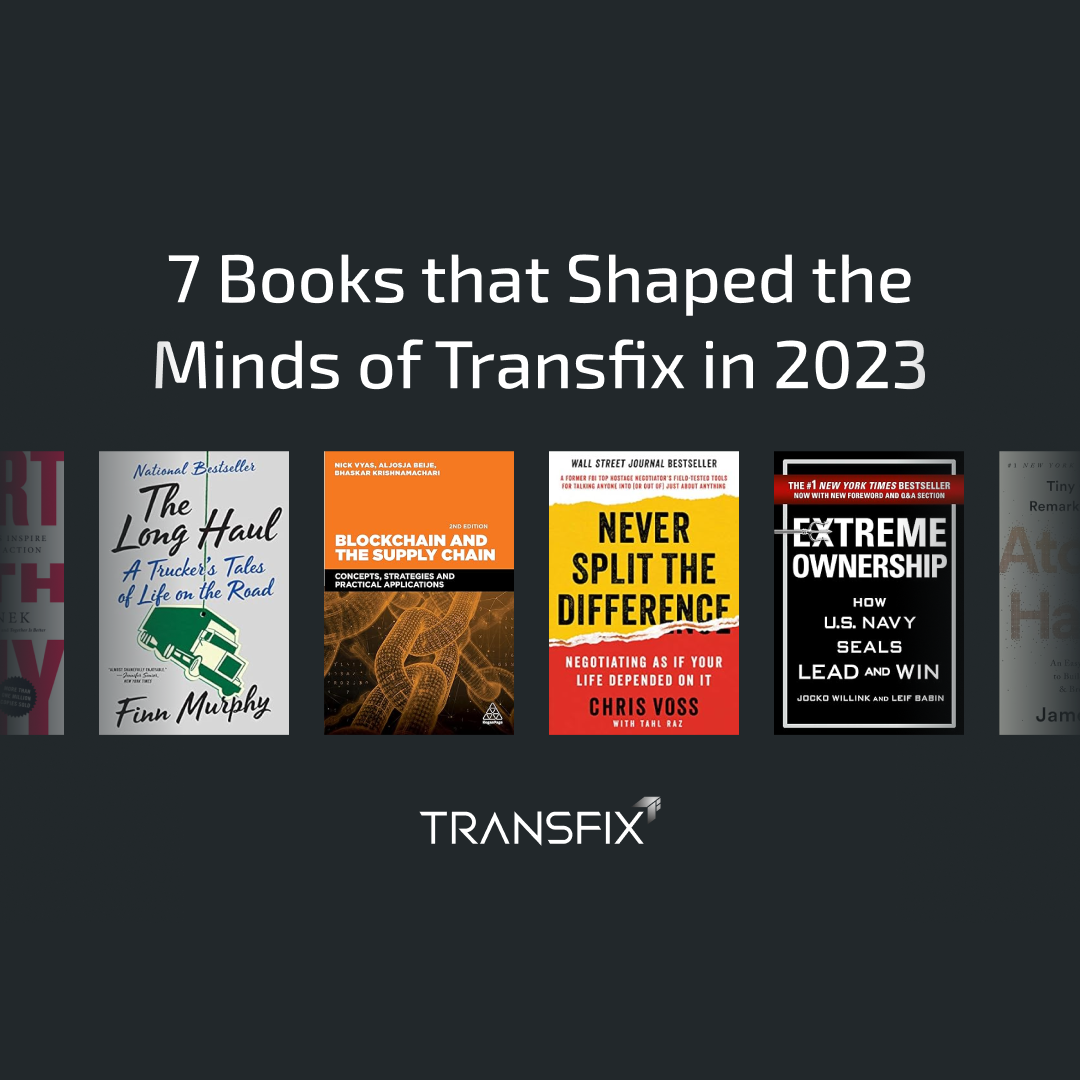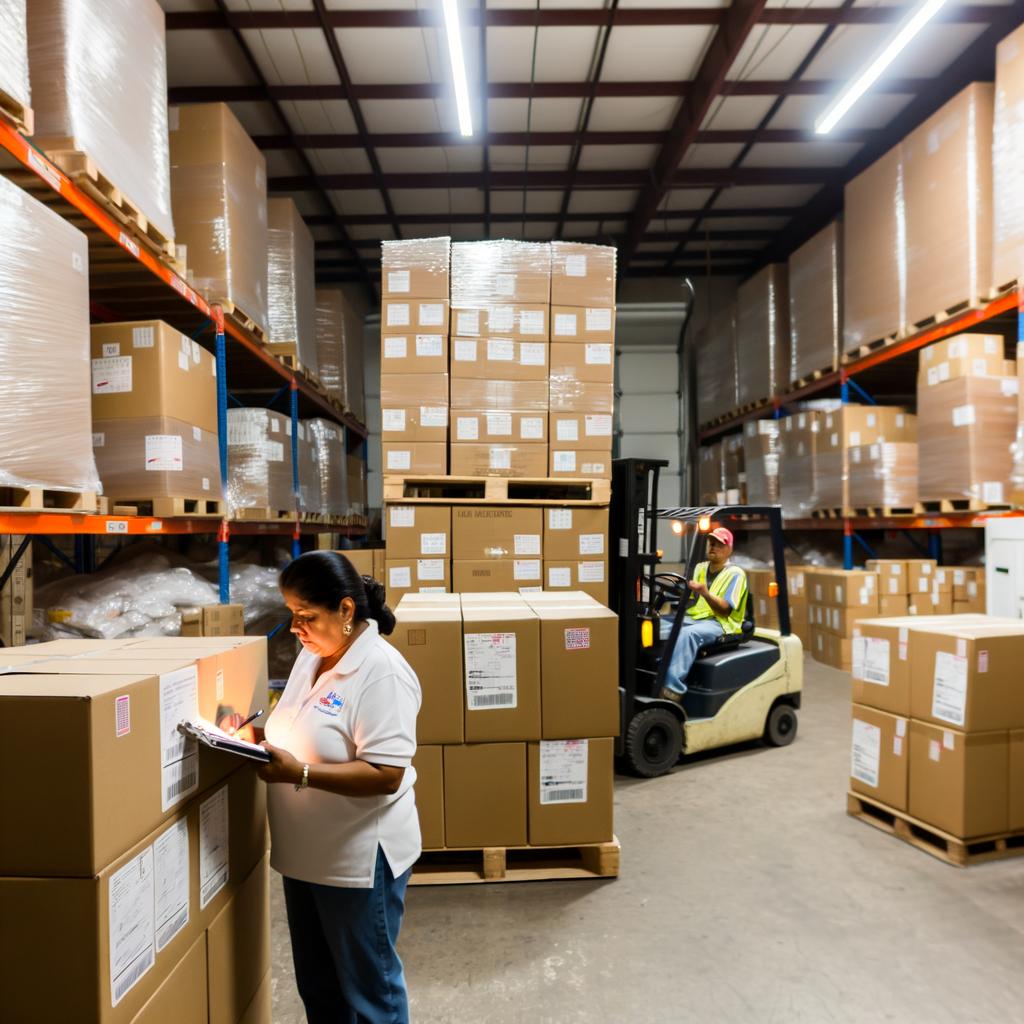“Trucking is one of the few other industries I’ve heard described as perfectly competitive.”
 The movement of freight has always been affected by economic shifts – whether it’s pandemic-spurred inflation that deflates volumes or geopolitical conflicts that cause fuel prices to spike. These shifts affect truckload pricing, but it hasn’t always been precisely clear how. After the industry deregulated in 1987, the process of establishing the cost to haul a load from point A to point B was incredibly – and perhaps purpo sefully – opaque.
The movement of freight has always been affected by economic shifts – whether it’s pandemic-spurred inflation that deflates volumes or geopolitical conflicts that cause fuel prices to spike. These shifts affect truckload pricing, but it hasn’t always been precisely clear how. After the industry deregulated in 1987, the process of establishing the cost to haul a load from point A to point B was incredibly – and perhaps purpo sefully – opaque.
All that is changing. As more digitization enters the marketplace, pricing strategies have been revolutionized and made visible through machine-learning and industry expertise. The outcomes? More sustainable and competitive rates, and an influx of top-notch data science and economist talent.
Ayeh Bandeh-Ahmadi, Transfix’s principal economist, joined the company in January after working for eight years in the U.S. Department of the Treasury. To understand how she plans to leverage her experience in the Treasury market to refine pricing auctions in the logistics space, and what it’s like to be a woman working in historically male-dominated industries, I had the opportunity to sit down and have a fascinating conversation with her.
CW: You’re still new to Transfix and the world of logistics, but tell me: what’s a day in the life like for a freight economist?
AB: Today, I started my morning with our Chief Marketing Officer and our Chief Technology Officer discussing potential public sector partnerships that would allow us more opportunities to improve data sharing and measurement of emissions, as well as target capacity excess or shortages in the national trucking network. These improvements would be actionable for our shippers and carriers as they’re thinking about where they want to buy during a particular season or where they want to base themselves. This is what helps to address more empty loads and helps make pricing more responsive.
I also spend a lot of time talking to our account management team, and our pricing team that bids on contract RFPs. I spend time listening to our carrier managers as they negotiate loads and ask questions about what makes a particular shipment harder or easier for our drivers. I’m not satisfied with looking at numbers if I don’t know what risks and realities are top-of-mind to the key decision-makers in our business, which are our shippers and carriers. I’m working with our integrations team to make sure that we’re capturing the right data to measure those realities, as well as the data science team to walk through our decision-making models that shape the pricing we offer shippers and carriers. In light of what’s happening in Ukraine, we’ve seen fuel prices rise and then moderate, with ongoing bursts of volatility. I’ve been working to understand different fuel reimbursement models and to understand and price potential risks to our stakeholders.
CW: Talk about the road that brought you here to Transfix. What do the worlds of Treasury and logistics have in common?
AB: I would describe myself as an economist with a heavy experience set in data science. At the Treasury, I spent time working on systemic measures of financial stability. I also did a lot of work with auctions. I built dashboards the Department’s decision-makers used to navigate through the rockiness that financial markets experienced throughout COVID. The Treasury has billions of dollars of auctions that it runs almost every weekday to fund the budget that Congress passes with bonds and notes that are essentially like loans that people make to the Treasury. The interest rate is what is set through the auction.
These auctions are kind of analogous to the shipper auctions that we participate in at Transfix. A big chunk of my work at Treasury was focused on understanding bidding behavior in these auctions. If somebody does particularly well or badly in an auction, how does that affect their performance in the long run? With the nearly $24 trillion market for US Treasury securities being so huge, economists consider it the closest thing to a perfectly competitive market that exists out there. People are buying and reselling them in the secondary market after the auctions all the time. Trucking is one of the few other industries I’ve heard described as perfectly competitive, because it’s so easy to enter as a trucker. You just need a truck.
CW: What data opportunities do you see in the freight market right now?
AB: Part of what struck me about the Treasury market is that for a long time it operated dealer to dealer, broker to broker. It was relationship-based with a lot of multi-billion dollar transactions happening between large institutional accounts like central banks or pension funds. As the market became more electronified, there were opportunities for certain companies to build faster connections between major cities and find arbitrage opportunities. This is how the Treasury market went from being phone-based and intermediated by humans to becoming electronified and essentially algorithmically intermediated.
The freight industry is going through a similar kind of digitization where we have more shippers and carriers on digital platforms that can talk to us and to each other. That makes it possible for us to match a much larger set of carriers to a much larger set of shippers than if you just have one person or just a group of people running the phones, because even if you have a hundred thousand people, each of those people can only talk to so many other people unless they’re plugged into the matching abilities and the software and the algorithms to put those information sets together.
There’s a huge opportunity in freight. Whereas in a lot of financial markets, we saw this arms race where whoever was able to build the fastest microwave towers took the whole market and scared away a lot of slower traders, freight is an industry where we win by offering the best pricing, information, and service to as many shippers and carriers as we can. We’re only in the early stages. I work every day to tailor better prices and tools to the realities of our drivers and shippers and that excites me.
CW: Coming from and entering into an industry that has traditionally been male-dominated, can you speak to any challenges you’ve had as a woman in your career and what advice can you give to the younger generation of women?
AB: I think it’s important to choose workplaces where people don’t just say they are okay with strong women, but actually thrive on being challenged by different viewpoints, because we realize that we’re stronger when people point out our blind spots. I want to work with people who will tell me when there’s something else I’m not considering. Just like governments, corporations face risks when no one is comfortable challenging the status quo.
A position I’ve found myself in is realizing that in addition to being hired or included in a room because of the analytical chops that I bring, is that also sometimes you or other women in the room are there because people think that part of your job is to take care of male egos and put groups of people at ease. I started to identify workplaces and teams that take responsibility for their corporate culture and make the best use of the skills and experience on tap.
One of things I love about being at Transfix is that the team truly shares this responsibility, so I am not the only one driving these conversations, and that frees me up to be able to focus on building our team in other ways and offering better pricing, service, and analytics to our customers.
Disclaimer: All views and opinions expressed herein are those of the speakers and do not necessarily reflect the views or positions of Transfix, Inc. or any parent companies or affiliates or the companies with which the participants are affiliated, and may have been previously disseminated by them. The views and opinions expressed herein are based upon information considered reliable, but neither Transfix, Inc. nor its affiliates, nor the companies with which such participants are affiliated, warrant its completeness or accuracy, and it should not be relied upon as such. All such views and opinions are subject to change.




